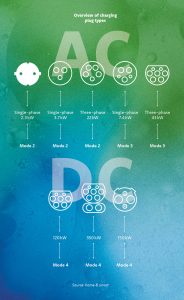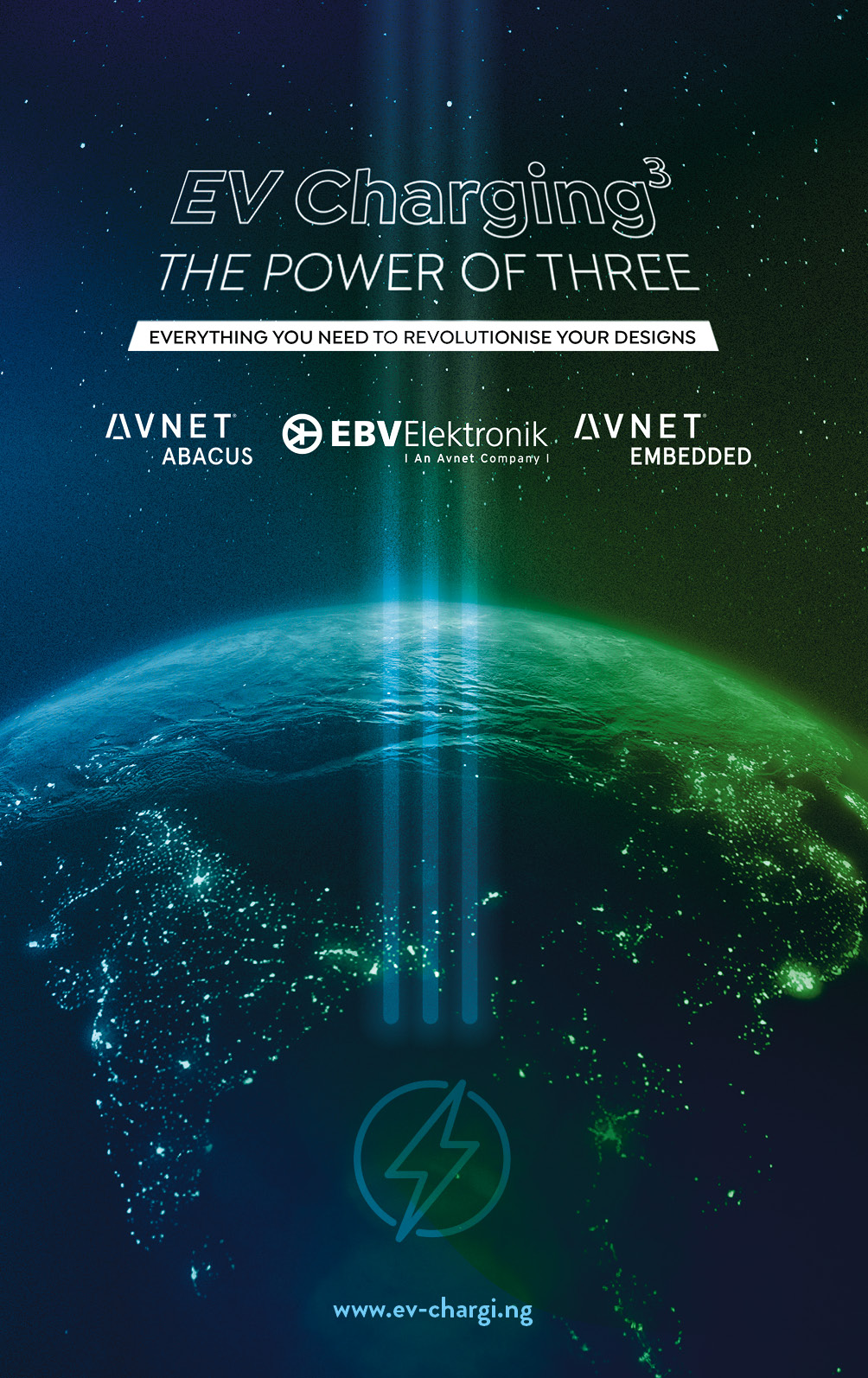Charging cables and plugs are used to physically connect the charging station to the electric vehicle. However, fast charging using several hundred kilowatts of power is now placing particular requirements on cables and plugs.
The number of charging stations and electric vehicles is rapidly increasing, meaning that ever more charging cables are required. Connections for charging operation types mode 1 and mode 2 dominate the market in terms of numbers used.
Mode 1 charging cables, which are simply connected to a domestic plug socket and do not have any protective devices, are used in Europe to charge e-bikes, for example.
Mode 2 charging cables are currently the most common type of charging used for electric vehicles. Various versions of these cables are currently available and are supplied by OEMs together with the vehicle.
However, the mode 4 segment will experience the highest growth rate in future – as the demand for DC fast chargers in particular is currently increasing all across the world.
DC charging is the fastest charging method. Thanks to high charging currents of up to 500 amperes, it can be used to charge a fully discharged vehicle to 80 per cent in just a few minutes.
However, the faster an electric vehicle is charged, the greater the need for heat regulation.
This is because a high charging current generates a substantial amount of heat due to the internal resistance in the cable and plug.
According to the VDE-AR-E 2623-5-3 directive and the IEC TS 62196-3-1 standard, charging plugs and cables must not be more than 50 kelvins warmer than the ambient air during charging.
Cables with a larger diameter could be the answer, although they would be heavy and bulky.
Manufacturers of fast-charging stations are therefore using liquid-cooled charging cables, in which special coolant flows from the cooling unit via the cable to the plug and back again.
This means the charging cables can be made thinner and lighter and the cable’s weight is reduced by around 40 per cent compared to an uncooled cable.
The latest technology is phase change cooling: Ford has been working with Purdue University to develop a system in which the liquid is vaporized in a closed system, cooled to liquefy it again, and then passed through the cable ones more.
Charging cables are said to be able to handle more than 2,400 amps with this system. Furthermore, highly sensitive temperature sensors on the power contacts of the charging plug and in the charging cable ensure safety during charging, and can be used to control the cooling intensity in a needs-based and efficient manner.
Integrated position and shock sensors provide information about the current condition of the charging plug, and a leak sensor also monitors whether any coolant is leaking.
If this sensor data is monitored via an integrated CAN bus interface, this enables predictive maintenance that is in line with the level of wear.




